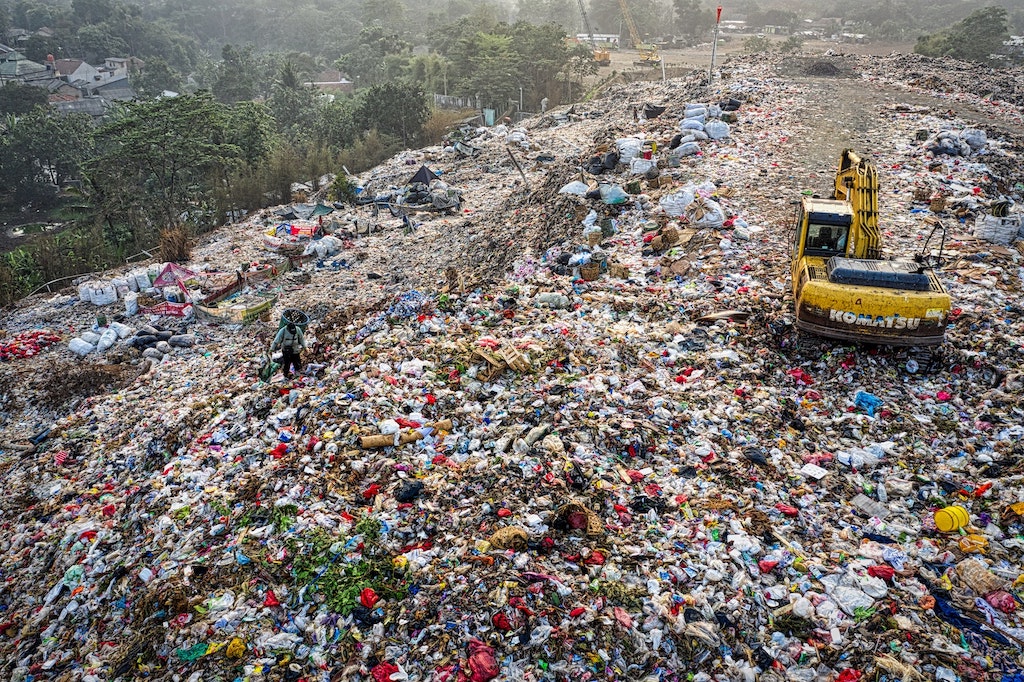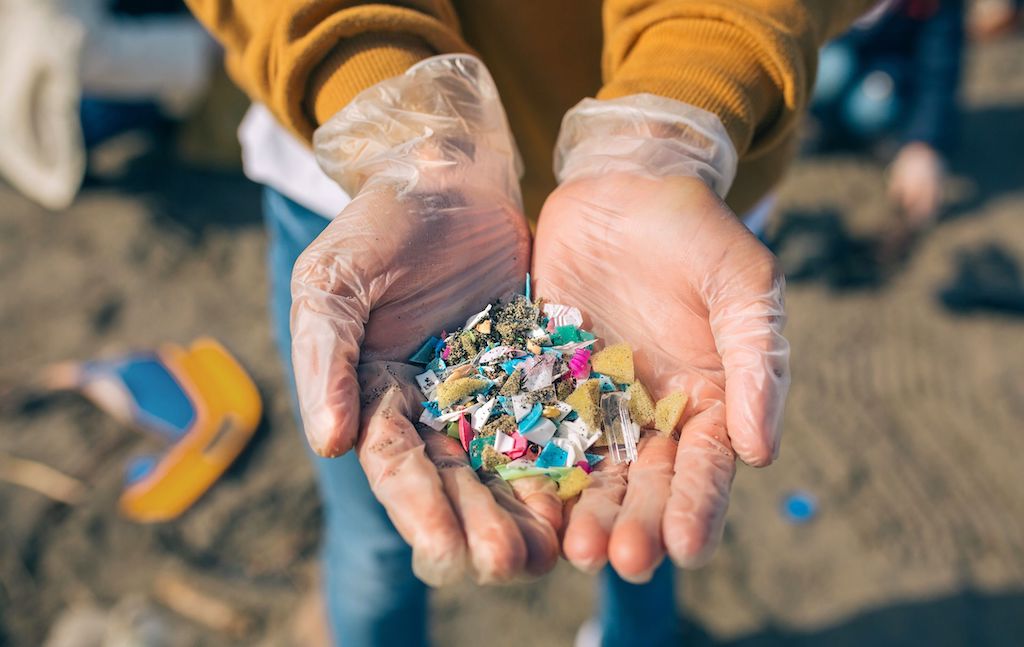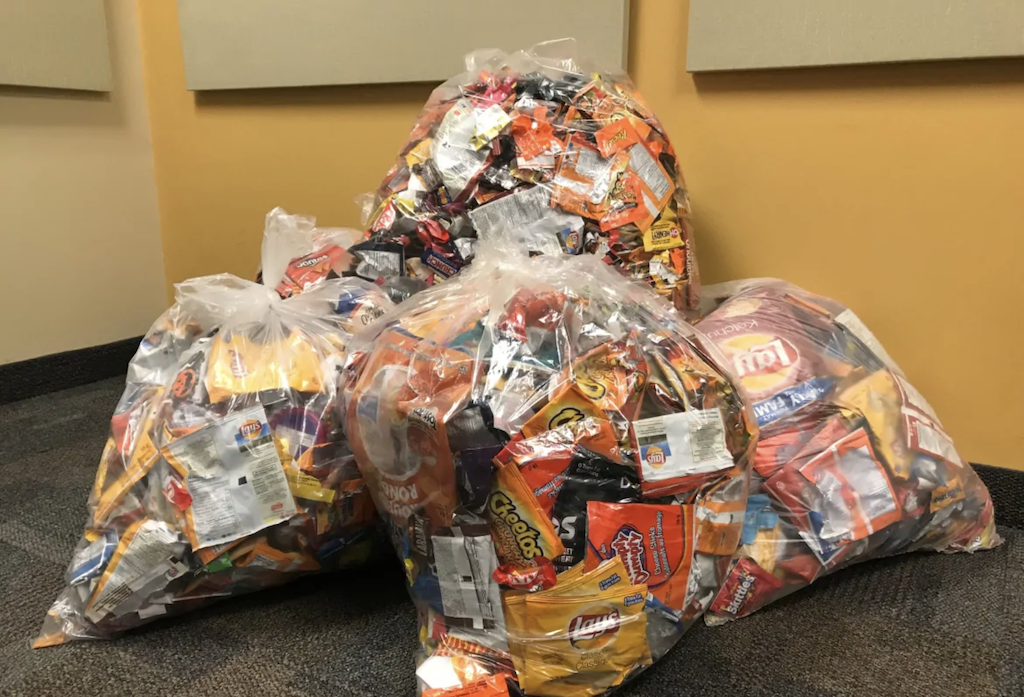4 Mins Read
While plastic water bottles tend to dominate the headlines when it comes to the plastic waste crisis, the problem of low-value plastics often gets cast aside. But the reality is that low value plastics take up a massive share of global landfill waste that must be tackled if we are to properly combat the plastic waste crisis and the disastrous environmental, health and social impact it has.
Every year, we create 380 million tonnes of plastic worldwide, and the demand for plastic just keeps increasing amid rapid development and population growth. On our current trajectory, by 2050, there will be 12 billion metric tonnes of plastic in landfills and plastic will outweigh fish in the ocean. And one of the most problematic types of plastic responsible for the largest share of landfilled plastic waste is low-value plastic.
What are low-value plastics?

Most of us encounter low-value plastics everyday – they are the flimsy plastics that single-use shopping bags, condiment sachets, confectionary wrappers and thin layers of packaging are made out of.
Because they tend to be mixed plastics, combined with other layers of materials such as foil, or soiled by food waste, these plastics are nearly impossible to recycle. Attempts to recycle this type of low-quality plastic by melting and reprocessing is also a costly process that yields lower-value materials that are unlikely to generate a profit.
This makes it unprofitable for waste pickers to collect them, which means that the majority of low value plastics do not end up being collected at all, let alone recycled. Once they are left to rot in landfills, it is unlikely they will be recollected, cleaned and segregated for recycling.
The consequence of low-value plastics

When left behind, they will not degrade and break up into smaller plastics known as microplastics, which carry toxins that can contaminate soil and waterways, and has been shown to block the intestinal tracts of organisms when ingested. These contaminants from microplastics are persistent, and research has shown that it can travel through air and water over long distances, and even accumulated in animal tissue – including humans.
While advanced economies tend to be the largest producers of this type of low-grade plastic, developing countries have borne the brunt of the damage. Since China implemented a ban on low-value plastic waste imports in 2018, a number of Southeast Asian countries have effectively turned into a dumping ground for millions of tonnes of contaminated waste.
Recent reports have documented how overwhelming waste has led to tofu makers to burn toxic plastic as fuel in Java, Indonesia – a process harming the health of communities and spews pollution into the air.
What can be done about low-value plastics?

There are a few solutions emerging to tackle the issue of low-value plastics. Based in India, rePurpose is a movement seeking to fund the operational cost to collect and reuse this kind of plastic in cement kilns. By subsidising ethical collection and recycling of this category of plastic, the organisation is hoping to target the unprofitable plastic waste that most developing countries in Asia are currently struggling with.
On the technology end, a group of startups are working on developing a way to recycle retrieved plastic that tends to be considered low-quality into new plastic bottles. Dutch company Ioniqa Technologies, Thai company Indorama Ventures and Spanish company Mares Circulares have recently been working with Coca-Cola to use depolymerisation to strip low-grade plastics of impurities and reconstruct them into food-grade quality recycled plastics.
Individually, one of the most effective actions we can take is to eliminate as many plastics from our lives as possible. No matter where we stand on the sustainability spectrum, there are steps that all of us can take, such as buying packaging-free produce, avoiding non-recyclable plastics and upcycling existing plastic materials at home for other uses. We can also voice our concerns to manufacturers directly to put pressure on the production-end to reduce plastic at source as well.
Lead image courtesy of Greenpeace.




